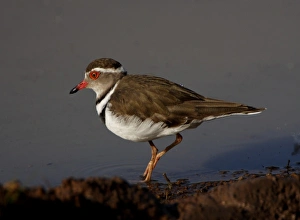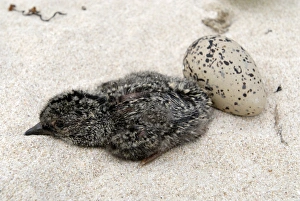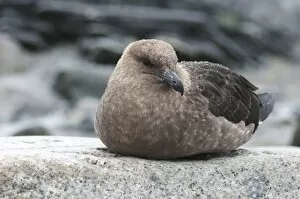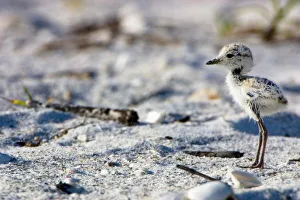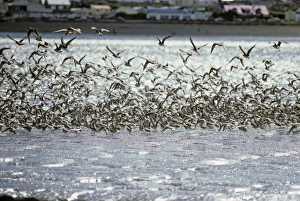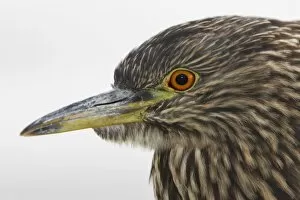Shore Bird Collection (page 4)
"Exploring the Diverse World of Shore Birds
All Professionally Made to Order for Quick Shipping
"Exploring the Diverse World of Shore Birds: From Piping Plovers to Reddish Egrets" Discover the fascinating world of shore birds as we embark on a journey through various locations across the United States and beyond. Starting off at Padre Island National Seashore in Texas, we encounter the charming Charadrius melodus, also known as piping plover, gracefully roaming along the sandy shores. Moving further into Horseshoe Marsh, Texas, our attention is captured by the magnificent Yellow-crowned night heron, Nyctanassa violacea, indulging in a delicious crab feast. Its vibrant plumage stands out against the marsh's backdrop. Venturing to Bolivar Flats in Texas unveils another stunning sight - an elegant white phased Reddish egret (Egret rufescens). With its graceful movements and striking appearance, this bird truly captivates observers lucky enough to witness its presence. Amongst these remarkable species is also a juvenile Dunlin (Calidris alpina), showcasing its early stages of development. Its small size and adorable features make it an endearing addition to Bolivar Flats' avian community. Heading towards Washington State in USA brings us face-to-face with a Spotted Sandpiper (Actitis macularius) perched confidently on a rock within a serene pond. This moment captures both tranquility and resilience amidst nature's beauty. Further south in Lido Beach, Florida awaits another spectacle - Black Skimmers gliding effortlessly above shimmering waters. Their unique beaks allow them to skim just above the surface while searching for their next meal beneath. Springtime on tundra landscapes introduces us to the majestic Black-bellied Plover alongside its American Golden Plover counterpart. These resilient birds brave harsh conditions during their annual migration but still manage to grace us with their awe-inspiring presence. Across continents lies Iceland's Breidavik, where the enchanting Puffins reside.

